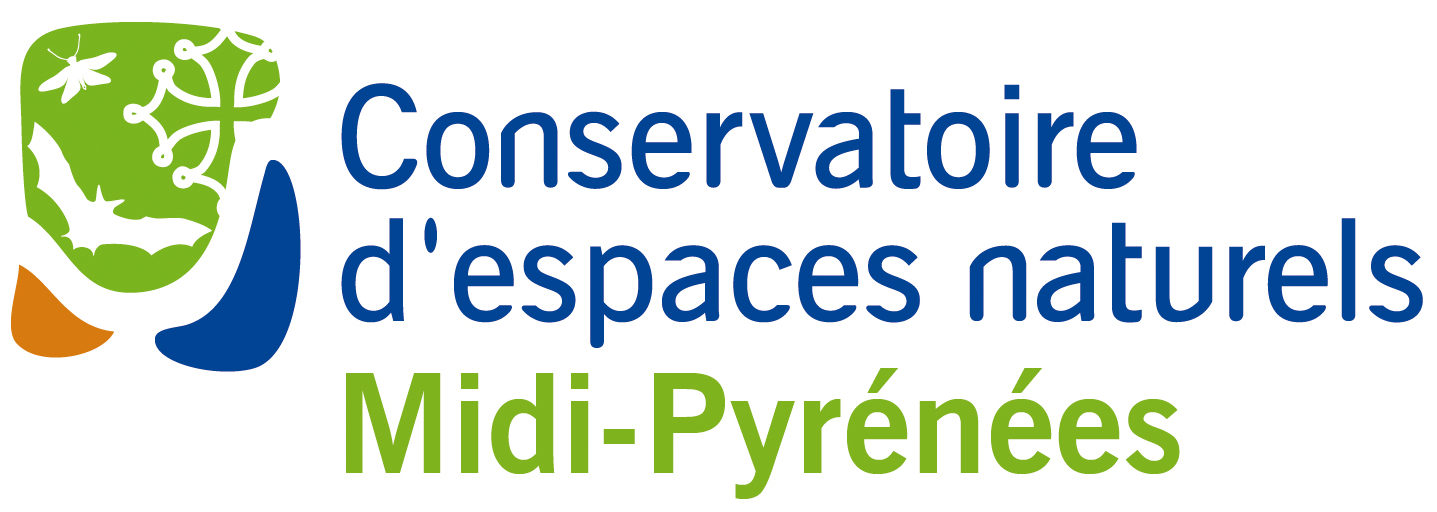- 557 observations
-
84 communes -
80 observateurs -
27 organismes -
Première observation
1905 -
Dernière observation
2025
Avertissement : les données visualisables reflètent l'état d'avancement des connaissances et/ou la disponibilité des données existantes sur le territoire du Parc & Géoparc : elles ne peuvent en aucun cas être considérées comme exhaustives. En savoir plus sur les données et sur les partenaires
Alençon - Ancinnes - Argentan - Assé-le-Boisne - Aunay-les-Bois - Bagnoles de l'Orne Normandie - Beauvain - Boischampré - Boulay-les-Ifs - Carrouges - Ceaucé - Champfrémont - Champsecret - Coulonges-sur-Sarthe - Crissé - Domfront en Poiraie - Écouves - Essay - Gandelain - Ger - Gesvres - Hauterive - La Bellière - La Chapelle-près-Sées - La Chaux - La Coulonche - La Ferrière-Béchet - La Ferrière-Bochard - La Ferté Macé - La Lande-de-Goult - La Motte-Fouquet - La Pallu - Lassay-les-Châteaux - Le Bouillon - Le Cercueil - Le Champ-de-la-Pierre - Le Grez - Le Ménil-Broût - Les Monts d'Andaine - Les Ventes-de-Bourse - Lignières-Orgères - Lonlay-l'Abbaye - L'Orée-d'Écouves - Magny-le-Désert - Mantilly - Marchemaisons - Mayenne - Mieuxcé - Mont-Saint-Jean - Mortain-Bocage - Mortrée - Moulins-le-Carbonnel - Neufchâtel-en-Saosnois - Passais Villages - Pezé-le-Robert - Pré-en-Pail-Saint-Samson - Ravigny - Rennes-en-Grenouilles - Rives d'Andaine - Saint-Calais-du-Désert - Saint-Céneri-le-Gérei - Saint-Cyr-du-Bailleul - Saint-Denis-sur-Sarthon - Saint-Fraimbault - Saint-Georges-le-Gaultier - Saint-Gervais-du-Perron - Saint-Gilles-des-Marais - Saint-Léger-sur-Sarthe - Saint-Léonard-des-Bois - Saint-Mars-d'Égrenne - Saint-Martin-des-Landes - Saint-Patrice-du-Désert - Saint-Paul-le-Gaultier - Saint-Pierre-des-Nids - Sées - Sillé-le-Guillaume - Tessé-Froulay - Thubœuf - Torchamp - Villaines-la-Carelle - Villaines-la-Juhel - Villeneuve-en-Perseigne - Villepail - Vimartin-sur-Orthe
Avertissement : Seul les producteurs et les fournisseurs renseignés dans la base de données sont affichés ci-dessous. Si plusieurs organismes ont contribués à un même jeu de données, ils auront une part égale d'aide à la prospection. Les pourcentages affichés ne sont par conséquent pas cumulables entre eux.
-
PNR et géoparc mondial UNESCO Normandie-Maine
Participation à 248 Observations
Part d'aide à la prospection : 44.52 %
Fiche organisme -
Association Faune & Flore de l'Orne (AFFO)
Participation à 143 Observations
Part d'aide à la prospection : 25.67 %
Fiche organisme -
Société Française d'Odonatologie
Participation à 101 Observations
Part d'aide à la prospection : 18.13 %
Fiche organisme -
Conseil départemental de l'Orne (bureau ENS)
Participation à 29 Observations
Part d'aide à la prospection : 5.21 %
Fiche organisme -
GRoupe d'ETude des Invertébrés Armoricains (GRETIA)
Participation à 26 Observations
Part d'aide à la prospection : 4.67 %
Fiche organisme -
Habitants-bénévoles
Participation à 26 Observations
Part d'aide à la prospection : 4.67 %
Fiche organisme -
Mayenne Nature Environnement (MNE)
Participation à 17 Observations
Part d'aide à la prospection : 3.05 %
Fiche organisme -
Office national des forêts (ONF)
Participation à 14 Observations
Part d'aide à la prospection : 2.51 %
Fiche organisme -
Peter Stallegger (Consultant Environnement)
Participation à 12 Observations
Part d'aide à la prospection : 2.15 %
Fiche organisme -
CPIE Vallées de la Sarthe et du Loir
Participation à 12 Observations
Part d'aide à la prospection : 2.15 %
Fiche organisme -
Ministère de la Transition écologique et de la Cohésion des territoires
Participation à 11 Observations
Part d'aide à la prospection : 1.97 %
Fiche organisme -
Système mondial d’information sur la biodiversité (GBIF)
Participation à 11 Observations
Part d'aide à la prospection : 1.97 %
Fiche organisme -
Conservatoire Botanique National de Brest (CBNB)
Participation à 9 Observations
Part d'aide à la prospection : 1.62 %
Fiche organisme -
UMS PatriNat (OFB-CNRS-MNHN)
Participation à 7 Observations
Part d'aide à la prospection : 1.26 %
Fiche organisme -
Conservatoire d'espaces naturels des Pays de la Loire (CEN PDL)
Participation à 6 Observations
Part d'aide à la prospection : 1.08 %
Fiche organisme -
Bureaux d'études & consultants
Participation à 4 Observations
Part d'aide à la prospection : 0.72 %
Fiche organisme -
CPIE Mayenne - Bas-Maine
Participation à 4 Observations
Part d'aide à la prospection : 0.72 %
Fiche organisme -
Conservatoire d'espaces naturels de Normandie (CEN Normandie)
Participation à 4 Observations
Part d'aide à la prospection : 0.72 %
Fiche organisme -
Conseil départemental de la Mayenne (service Milieux et Paysages)
Participation à 3 Observations
Part d'aide à la prospection : 0.54 %
Fiche organisme -
Le Monde des Insectes (insectes.org)
Participation à 1 Observation
Part d'aide à la prospection : 0.18 %
Fiche organisme -
Groupe Ornithologique des Avaloirs
Participation à 1 Observation
Part d'aide à la prospection : 0.18 %
Fiche organisme -
Conservatoire d'espaces naturels de Midi-Pyrénées (CEN MP)
Participation à 1 Observation
Part d'aide à la prospection : 0.18 %
Fiche organisme
Informations espèce
Répartition actuelle en France métropolitaine
© INPN - Avertissement : les données visualisables reflètent l'état d'avancement des connaissances et/ou la disponibilité des données existantes au niveau national : elles ne peuvent en aucun cas être considérées comme exhaustives.
Répartition actuelle dans le monde
Avertissement : les données visualisables reflètent l'état d'avancement des connaissances et/ou la disponibilité des données existantes au niveau mondial : elles ne peuvent en aucun cas être considérées comme exhaustives.
Observations mensuelles
Avertissement : Les observations sans date précise peuvent être enregistrées à la date du 01/01. La fréquence des observations au mois de janvier ne reflète donc pas nécessairement la réalité.











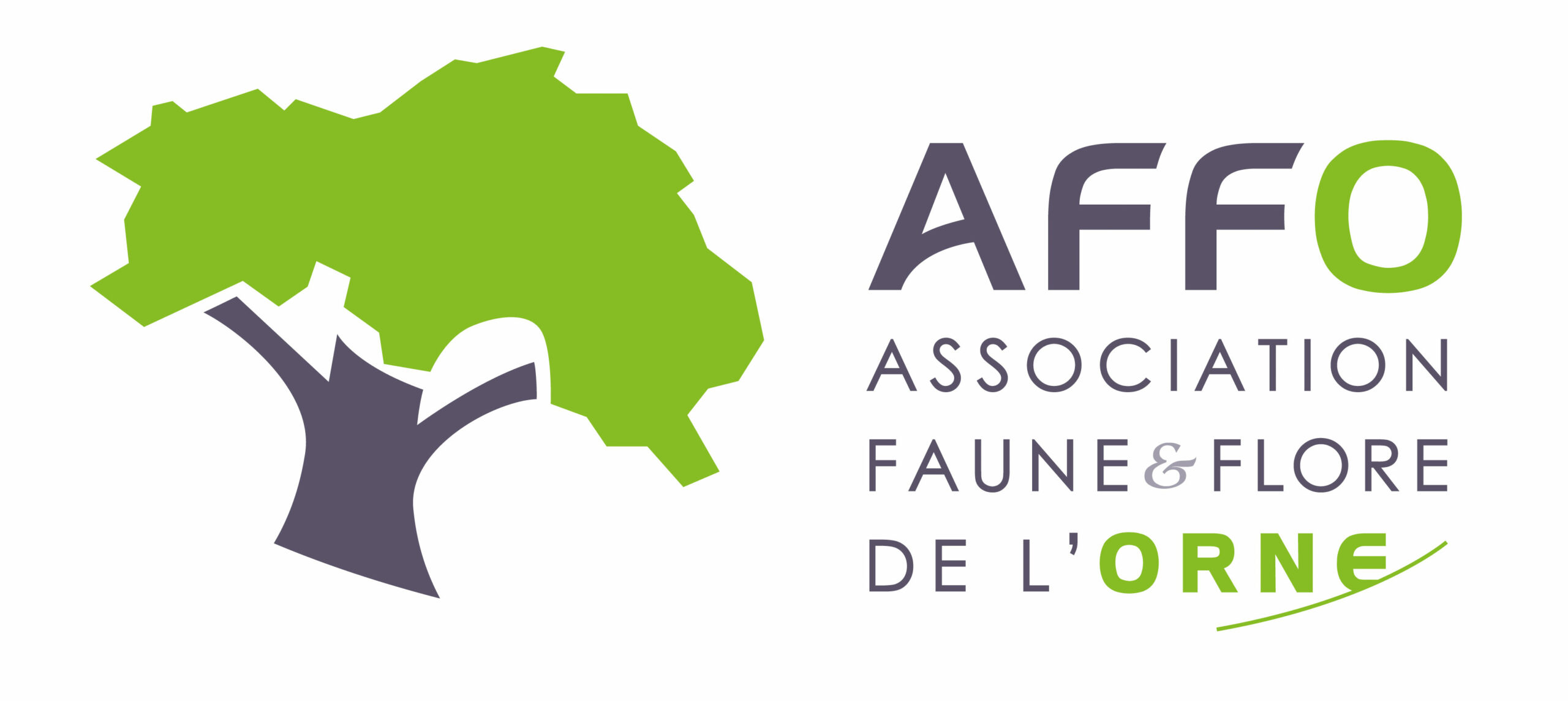
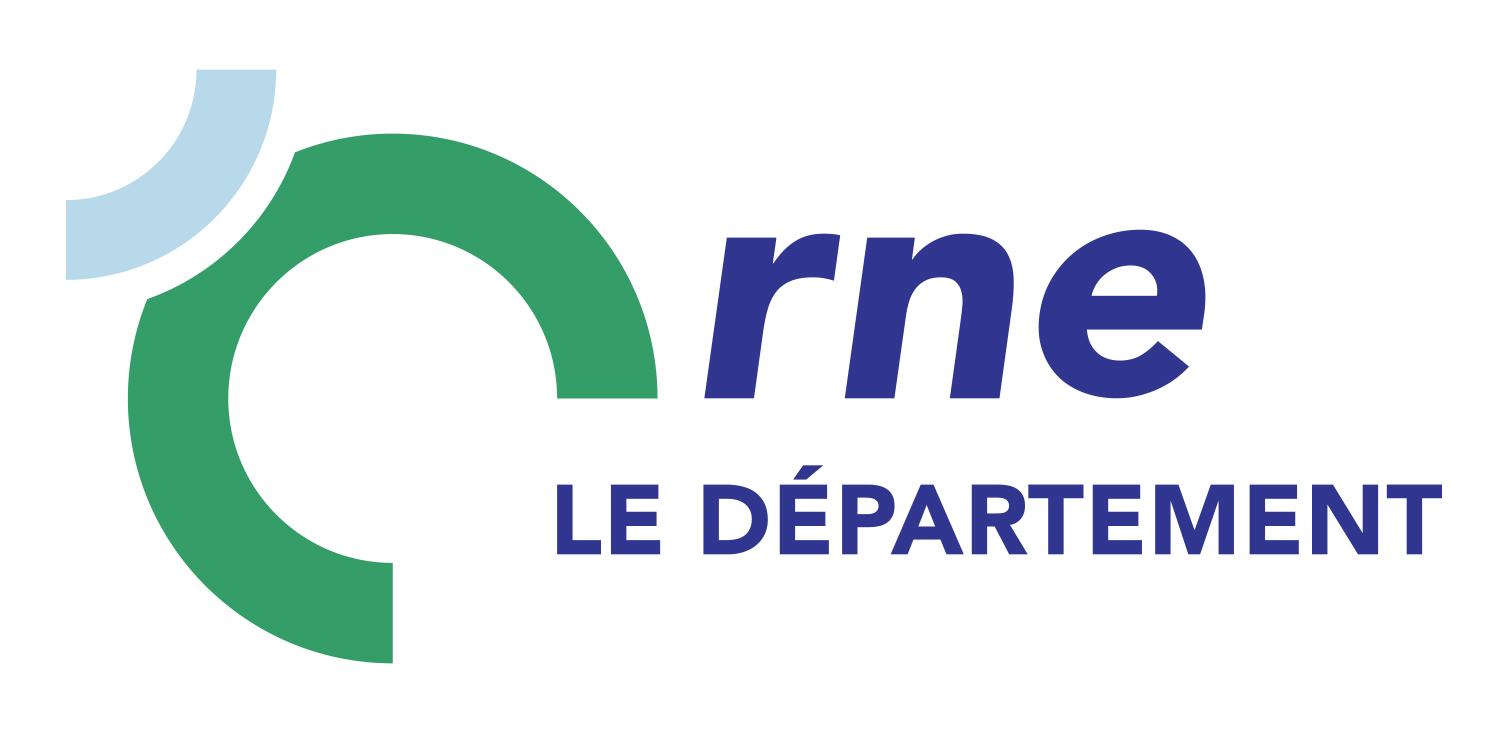





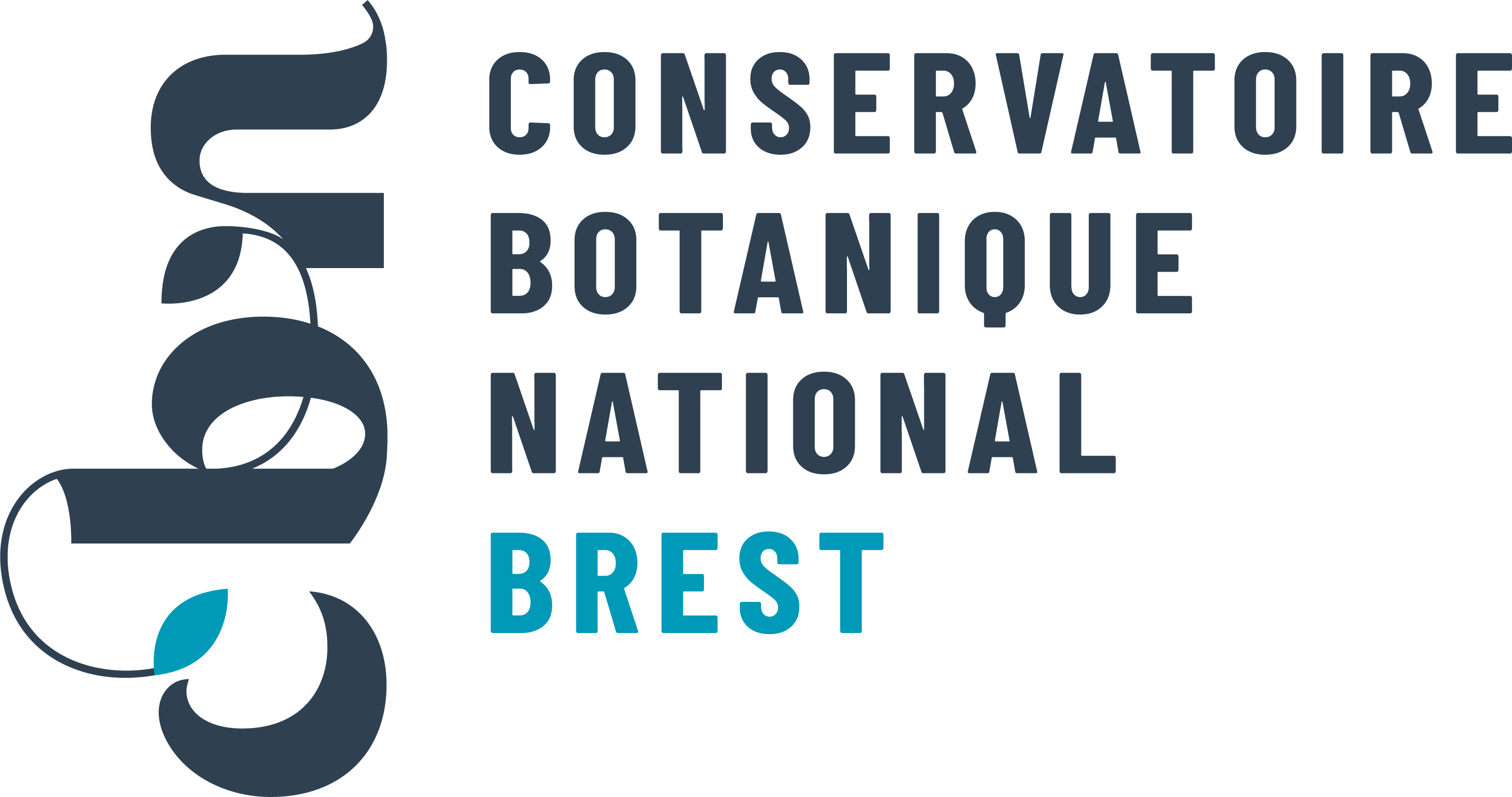

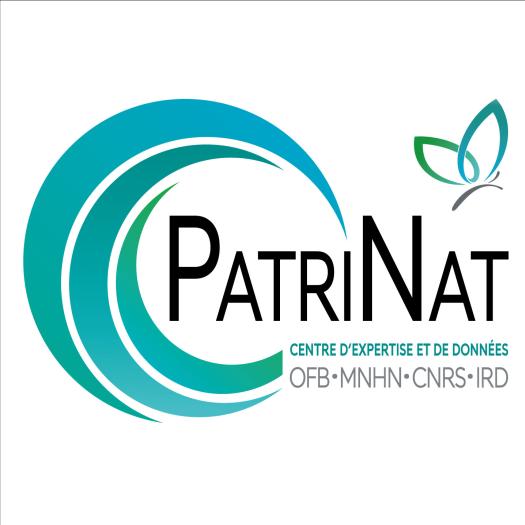



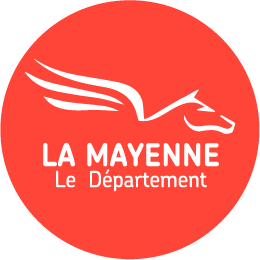
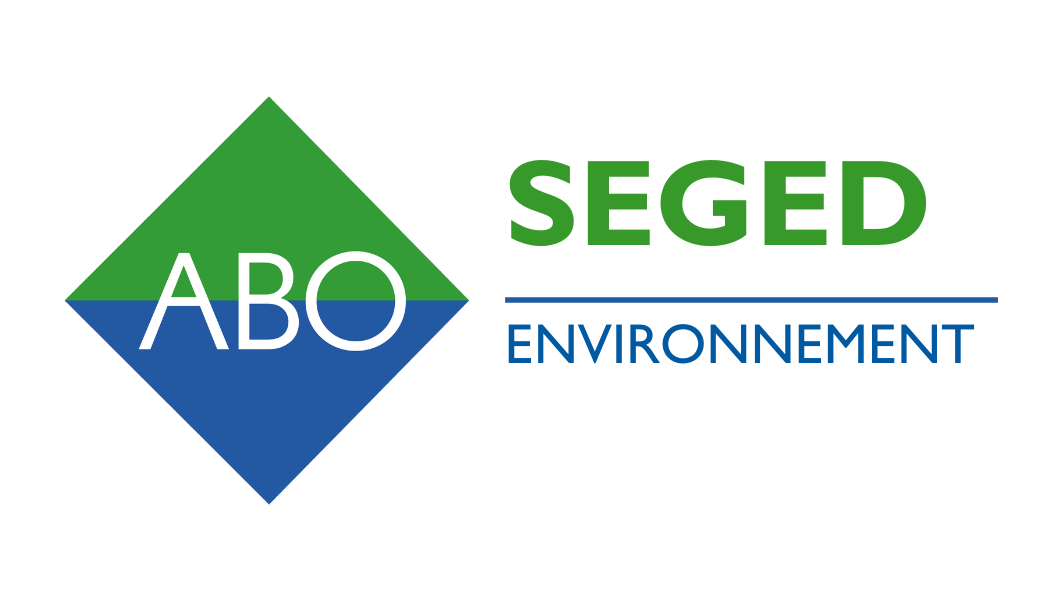
/image%2F0265954%2F201211%2Fob_bcd0603f76b8f29e80ca47f6b4471638_logogoa1.jpg)
